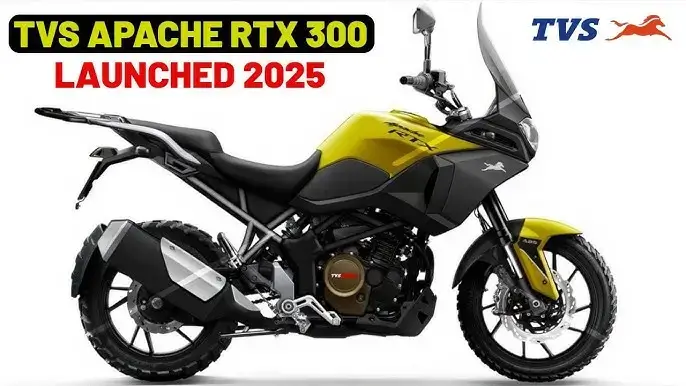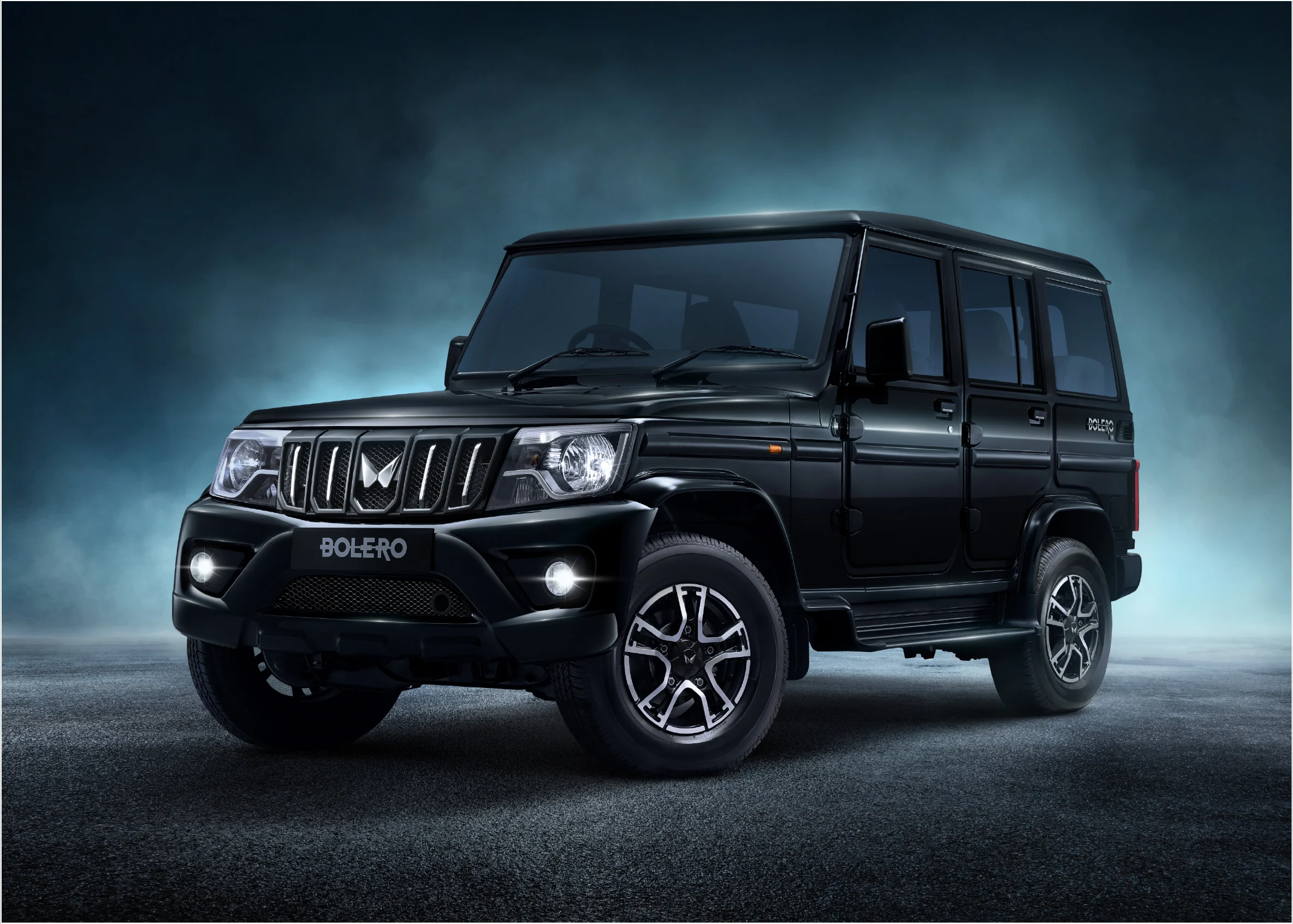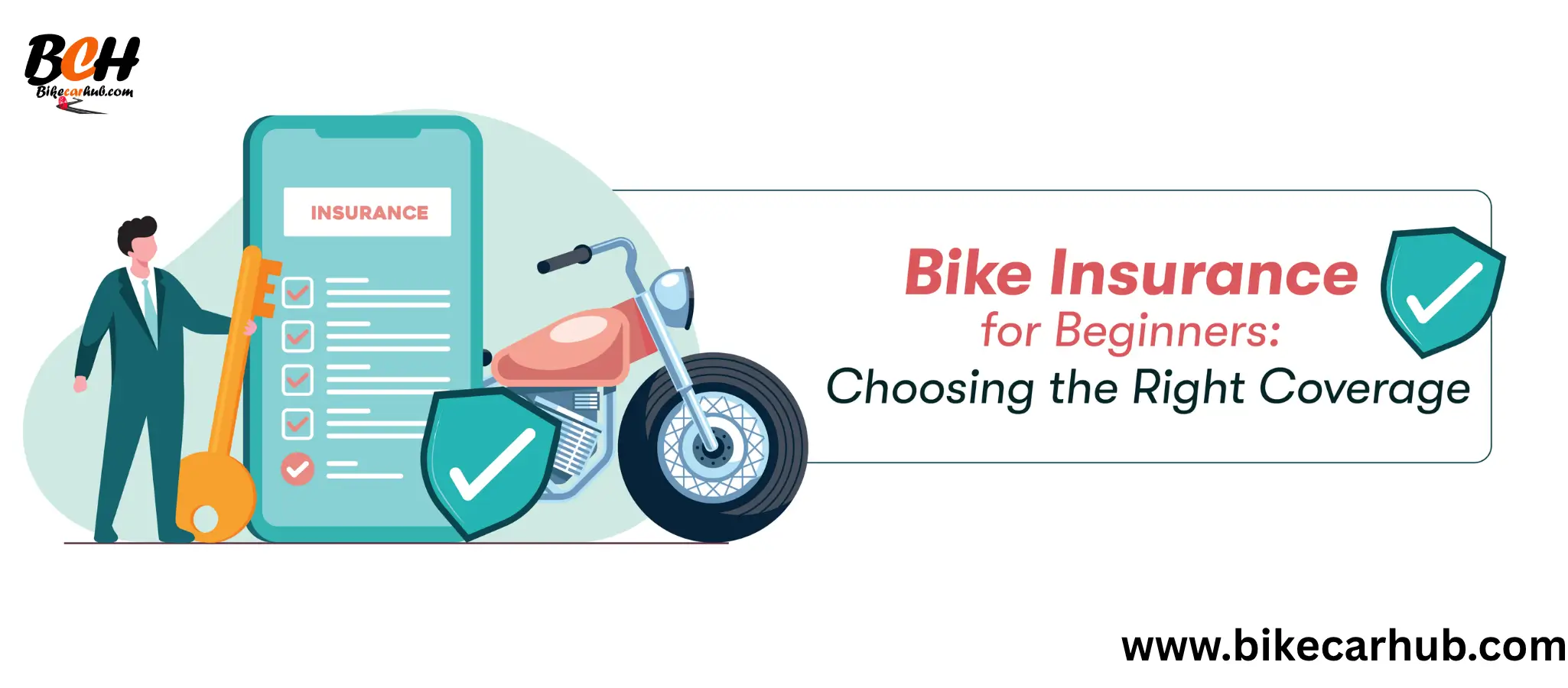Things to Check Before Buying a Second-Hand Bike in India (2025 Guide)
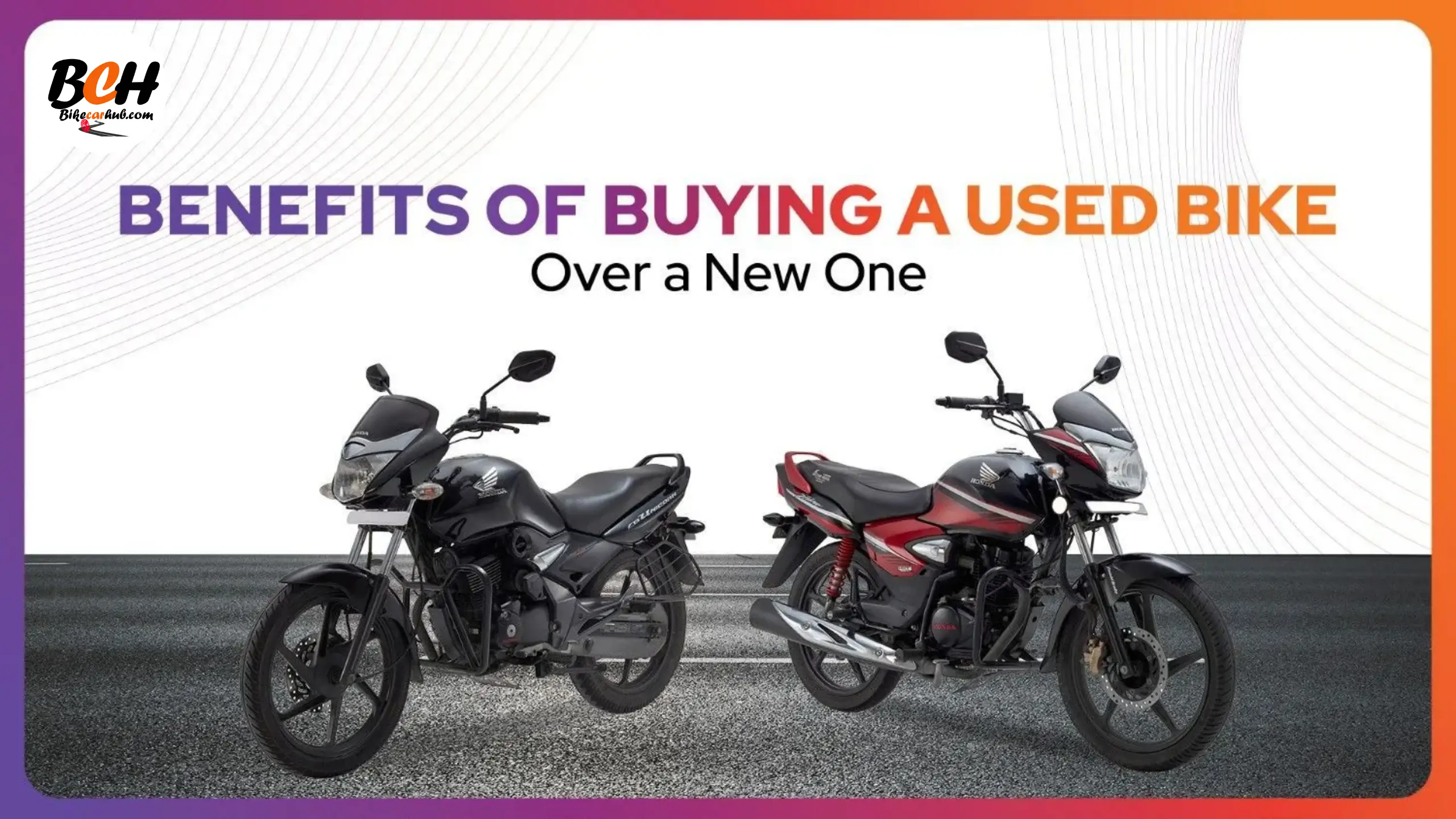
5 Jul 2025
Written by: BikeCarHub Editorial Team
Published on: 3rd July 2025
Introduction
Buying a second-hand bike in India can be a smart decision—especially for those who are on a budget, learning to ride, or want a solid daily commuter without spending too much. But if you rush the process or miss key checkpoints, that budget buy could become an expensive headache.
That's why BikeCarHub brings you a comprehensive 2025 guide covering 15+ essential things to check before buying a used bike, including paperwork, inspection tips, a feature comparison table, FAQs, and everything you need for a confident purchase.
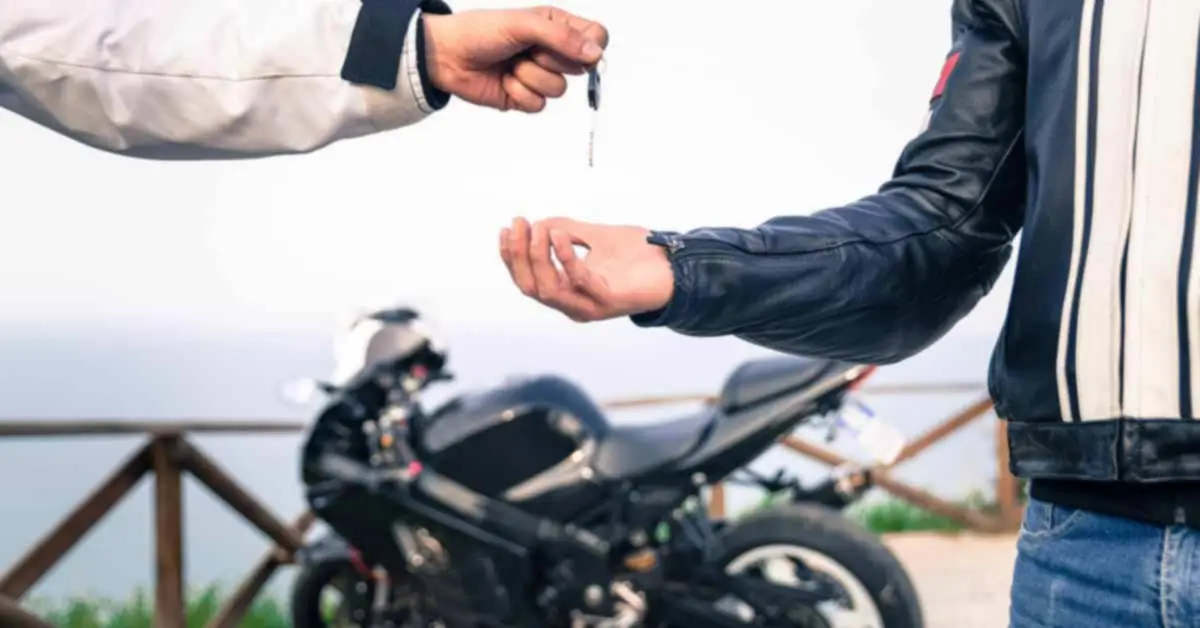
Why Consider a Second-Hand Bike?
- Cost-effective: Save 30–60% compared to buying new
- Lower maintenance if the bike is already run-in
- Ideal for beginners, students, and city commutes
- Access to premium models within your budget
- Depreciation already absorbed
But while benefits are real, risks like hidden damages, fake documents, and unpaid challans are equally real. Let's explore how to avoid them.
Types of Sellers You May Encounter
Before the inspection, identify who you're dealing with:
| Seller Type | What to Expect |
|---|---|
| Individual Owner | Lower cost, needs more verification |
| Authorized Reseller | Warranty/Service support, higher price |
| Used Bike Dealer | Ready stock, middleman margin |
| Online Platforms | Quick comparisons, check for authenticity |
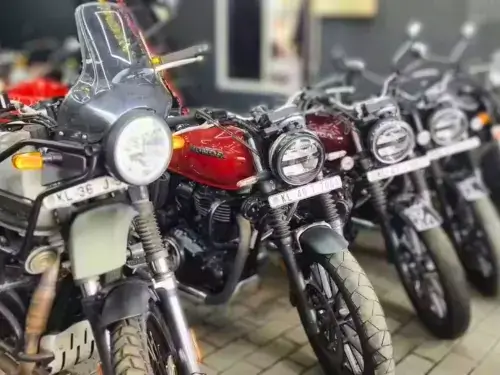
BikeCarHub Tip: If possible, choose an individual owner and meet in person for better negotiation and transparency.
Things to Inspect Before Buying a Used Bike
A. Mechanical & Physical Inspection
1. Overall Body Condition
- Look for dents, scratches, rust patches, paint mismatch
- Check alignment of panels, handlebar, and wheels
2. Engine Health
- Cold-start the bike
- Listen for knocking or strange noises
- Watch for smoke from exhaust
3. Clutch & Gearbox
- Smooth clutch pull? Check!
- Gear shifting should be smooth without jerks
4. Braking System
- Front and rear brakes should be effective
- Look for worn brake pads, damaged cables, or leaking calipers
5. Suspension Check
- Push down on handlebars and rear seat—bike should bounce back smoothly
- Inspect fork seals and rear shocks for oil leaks
6. Tyres & Rims
- Check tread depth and sidewall cracks
- Inspect rims for bends or rust
7. Battery Performance
- Use self-start to test battery strength
- Check for date stamp on battery
8. Odometer Reading
- Tampering is possible—compare with bike's wear and service logs
9. Chain & Sprockets
- Excessively slack or rusted chains need replacement
10. Lights, Indicators, and Horn
- Confirm everything works, including headlamp modes, tail light, and turn signals
B. Document & Legal Checks
11. RC (Registration Certificate)
- Ensure chassis and engine numbers match the RC
- Confirm bike is registered in the seller's name
12. Valid Insurance Policy
- Should be valid at time of purchase (third-party or comprehensive)
- Needed for RC transfer
13. PUC Certificate
- Emission compliance is mandatory for all running vehicles
14. Loan Clearance or Form 35
- If the bike was under loan, request hypothecation termination documents
15. Service Record
- Ask for service book, receipts, and history from authorized service centers
16. Pending Challans
- Visit echallan.parivahan.gov.in to check fines
17. No Objection Certificate (If applicable)
- Needed for inter-state bikes or those transferred between RTO zones
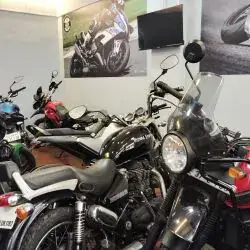
Test Ride Tips
- Start engine from cold
- Ride on multiple roads and speeds
- Test brakes, clutch response, and throttle feel
- Listen for noises, vibrations, or sluggish pickup
- Observe how it handles corners and bumps
Price Evaluation & Negotiation
- Compare the price on platforms like OLX, Quikr, Droom
- Factor in repairs needed for negotiation
-
Use depreciation formula:
- 5% loss in 1st six months
- 10–15% 6 months to 1 year
- 20% from 1 to 2 years
- 30% from 2 to 3 years
BikeCarHub Note: Don't be afraid to walk away if the seller resists fair negotiation.
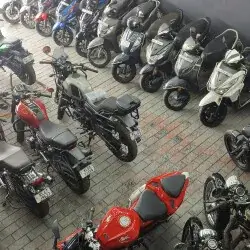
Paperwork Checklist for Purchase
| Document | Purpose |
|---|---|
| RC Copy | Legal ownership proof |
| Form 29 & 30 | Ownership transfer forms |
| Delivery Note | Proof of bike handover |
| Sale Agreement | Protects both buyer and seller |
| ID Proof (Both parties) | For verification |
Once purchase is complete, proceed with the RC transfer process at the local RTO or through the Parivahan portal.
RC Transfer & Ownership Change
- Mandatory under the Motor Vehicles Act
- Visit parivahan.gov.in
- Fill "Transfer of Ownership" form
- Upload documents & pay fees (₹150–₹300)
- Download receipt and await new RC
Comparison Table -- New vs Second-Hand Bike
| Criteria | Brand New Bike | Second-Hand Bike |
|---|---|---|
| Price | High (₹1L–₹3L+) | 30–60% lower |
| Insurance Premium | High | Lower (based on IDV) |
| Registration Charges | Included | Already paid |
| Warranty | Full coverage | Mostly expired |
| Service Support | 3–5 years | Depends on ownership |
| RC Transfer Needed | No | Yes |
Common Mistakes to Avoid
- Skipping engine inspection
- Not verifying RC and insurance
- Ignoring signs of tampered odometer
- Buying without a sale agreement
- Forgetting to initiate RC transfer
Conclusion
Buying a second-hand bike is a smart move when done right. The key lies in being patient, observant, and following a complete checklist covering mechanical, legal, and financial aspects.
Always prioritize document validation and RC transfer to avoid future issues. Use tools like the Parivahan portal, mParivahan app, and eChallan checker to assist your buying process.
For more tips on buying, owning, and maintaining two-wheelers in India, stay connected with BikeCarHub — your trusted two-wheeler companion.
FAQs -- Buying a Second-Hand Bike in India
BikeCarHub always recommends taking a test drive of both vehicles to feel the difference yourself before making a purchase.
Check other brands here
Royal Enfield Motors Click Here!
For Suzuki Motors Click Here!
Check other Vehicles on BikeCarHub


